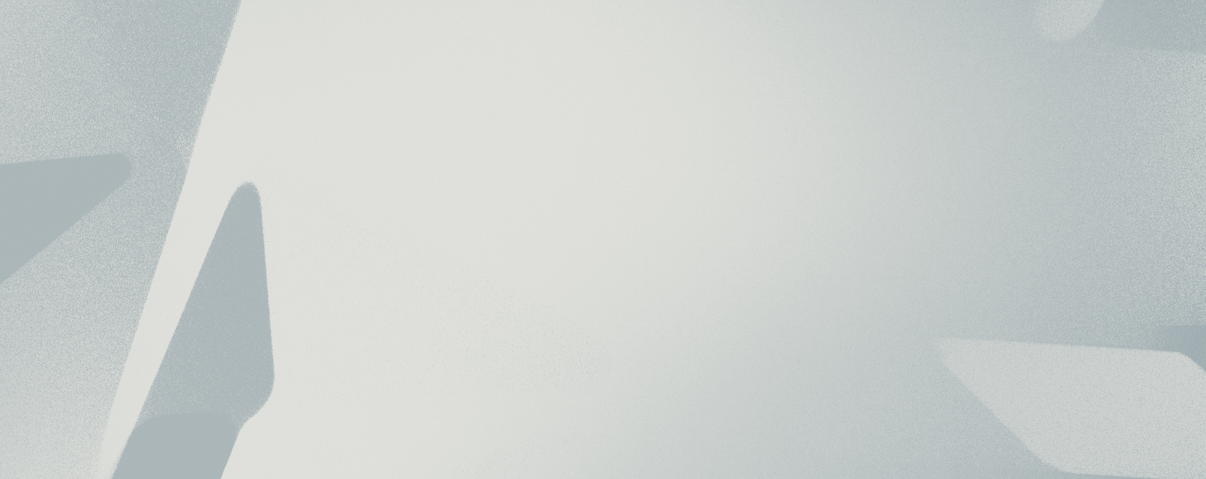CHEMISTRY 150—STRUCTURE AND PROPERTIES (NS)
Fall, Spring. Credit, Three hours. Oxford College Chemistry Preparation (OCCP) online module should be completed prior to end of drop/add/swap as it counts 3% of grade. Corequisite: Chemistry 150L. This course will build a strong foundation in atomic and molecular structure. Students will interpret experimental data to explain structure, properties, and relationships. It is recommended that students who withdraw from the lecture withdraw from the corequisite laboratory course as well.

